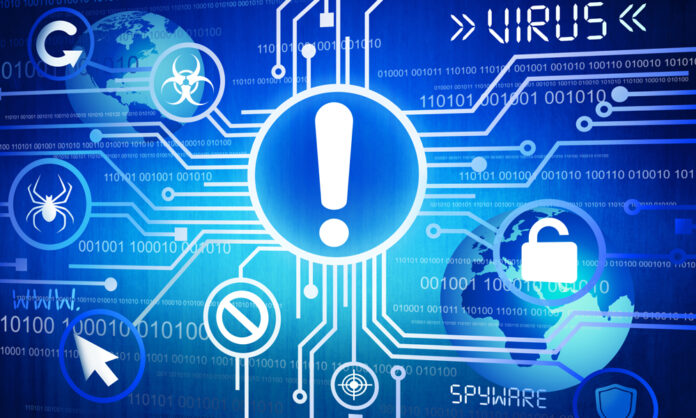

In the era of digital transformation, businesses are increasingly leveraging cloud computing services to enhance agility, scalability, and efficiency. However, the paramount concern for organizations considering a move to the cloud is the security of their data and operations. This article delves into the security aspects of the three primary cloud service models: Infrastructure as a Service (IaaS), Platform as a Service (PaaS), and Software as a Service (SaaS).
I. Infrastructure as a Service (IaaS): IaaS provides the fundamental building blocks of computing infrastructure, such as virtual ma-chines, storage, and networking. While IaaS offers a high level of control over the underlying infrastructure, security responsibilities are shared between the cloud provider and the customer.
1. Security Control: Customers are responsible for securing their operating systems, applications, and data. Cloud providers manage the security of the physical infrastructure, hypervisor, and network.
2. Customization: IaaS allows organizations to implement their security measures based on specific requirements. Greater control over security configurations and policies.
II. Platform as a Service (PaaS): PaaS abstracts the underlying infrastructure, offering a plat-form that allows developers to build, deploy, and manage applications. The security landscape in PaaS is characterized by shared responsibilities and automated services.
1. Shared Responsibility: Cloud providers manage the security of the underlying infrastructure. Customers are responsible for securing their applications and data.
2. Automated Security Features: PaaS platforms often include built-in security features, such as authentication and encryption. Automatic updates and patches enhance overall system security.
III. Software as a Service (SaaS): SaaS delivers fully functional applications over the internet, eliminating the need for users to manage the underlying infrastructure or application stack. Security in SaaS is a collaborative effort between the provider and the end-users.
1. Provider-Managed Security: Cloud providers handle security measures for the application, data, and infra-structure. Customers rely on the provider’s security protocols.
2. Limited Customization: Security configurations are predefined by the SaaS provider. Customers have minimal control over the underlying security architecture.
Conclusion:
The security of cloud services depends on various factors, including the service model, provider, and the specific security measures implemented by both parties. Ultimately, the choice be-tween IaaS, PaaS, and SaaS should align with the organization’s security requirements, level of control desired, and the resources available for managing security responsibilities. While each model has its strengths and considerations, a comprehensive and well-implemented security strategy is crucial regardless of the chosen cloud service model.





















